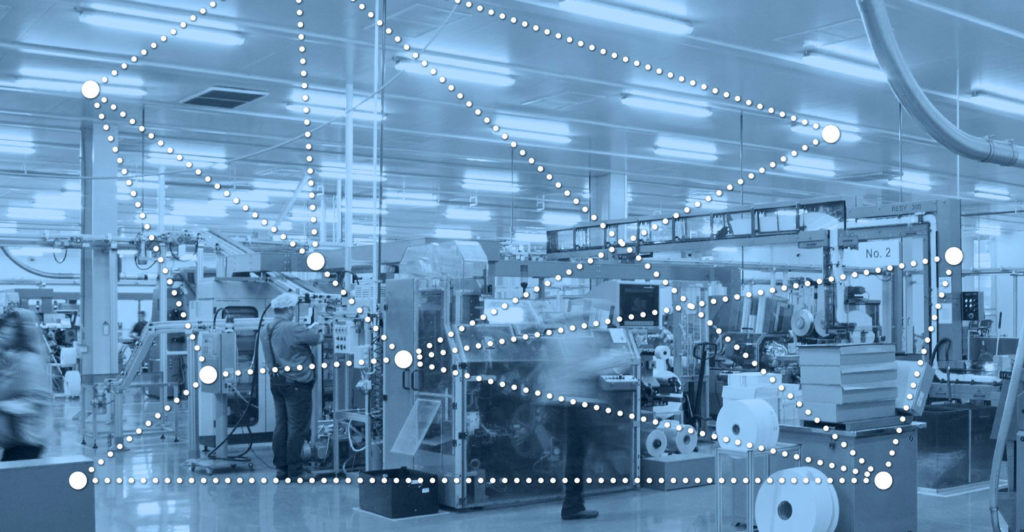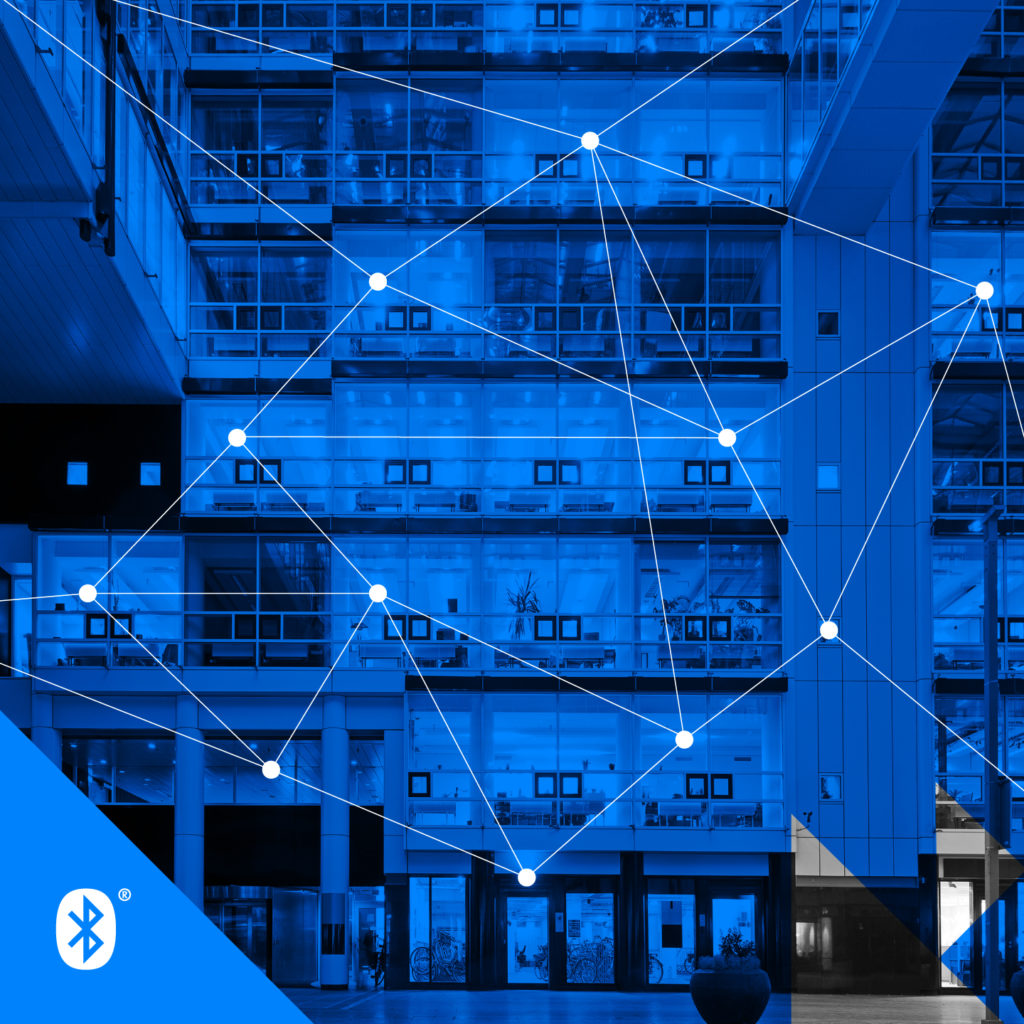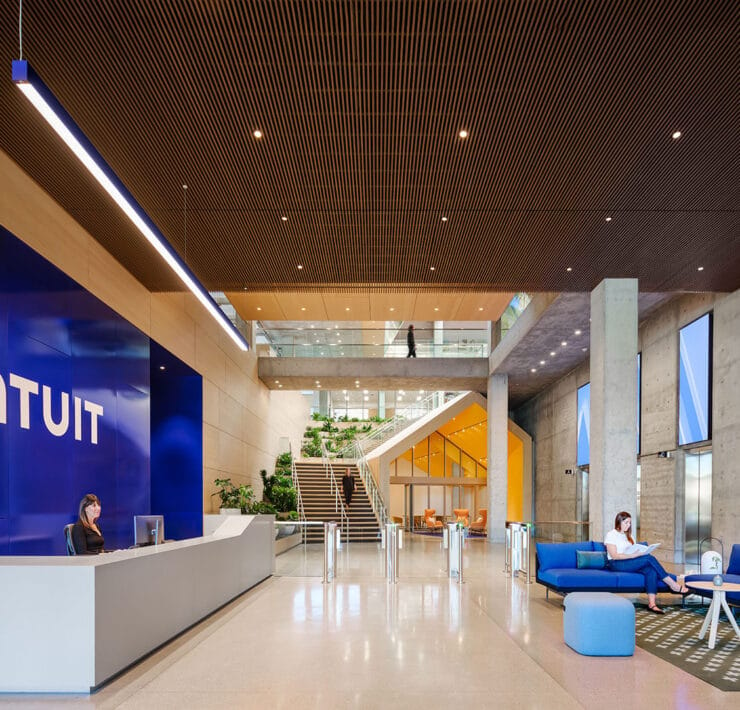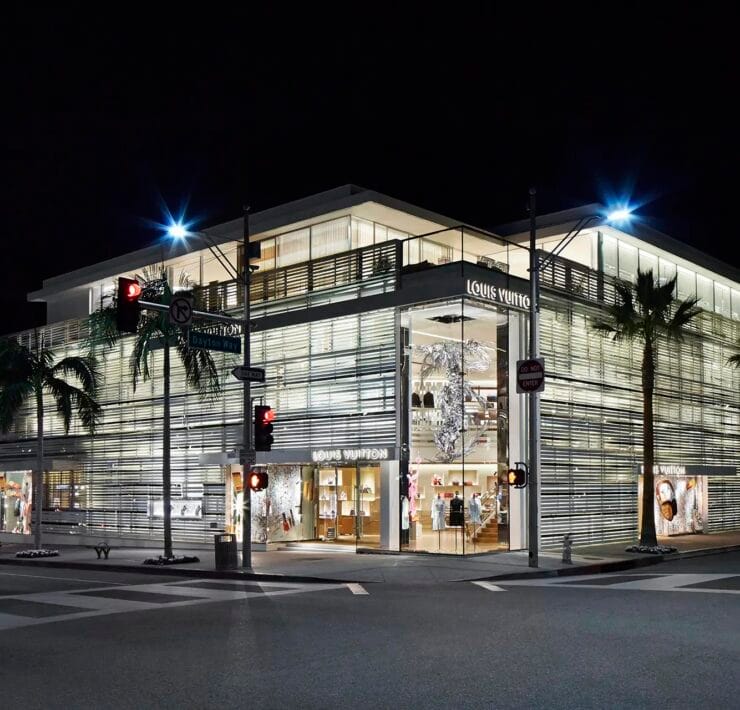Unlike other wireless lighting systems, such as wi-fi, Bluetooth Mesh lighting systems are designed for large collections of devices. Imagine thousands of switches, heating, ventilation and air conditioning (HVAC), sensors, light fixtures and shades communicating with each other via message forwarding across devices in a Bluetooth chain until reaching the destination to perform a function, such as turning on the third floor’s office lights.
This is what Bluetooth Mesh can do. This type of communication, instead requiring each device to communicate directly with the router, emanates from the originating handheld or wall control and travels, for example, from light fixture to light fixture to a sensor, then to an air conditioning unit, and on to any other chain of the Bluetooth Mesh-enabled devices on its route to the destination device. The chain functions like a Bluetooth highway or central nervous system, passing a command until it reaches the destination device to perform said operation.
In other words, Bluetooth Mesh supports device-to-device-to-device communication. With this approach, any device in the Mesh network can communicate with any other device in the network. Furthermore, devices do not have to be in direct radio range of the originating command. Messages are relayed across the network from devices in a series of hops and can therefore span very large physical areas. [mfn]An Intro to Bluetooth Mesh – Part 1[/mfn]
Here are key Bluetooth Mesh terms:
Nodes: Devices (i.e. switches, lighting fixtures, sensors, HVAC units, telephones) which are a part of a Bluetooth Mesh network.
Messages: Nodes in the Bluetooth Mesh network communicate with each other using messages. Messages represent various types of commands that a node may initiate.[mfn]Bluetooth Mesh Glossary of Terms[/mfn]
Bluetooth Mesh Vs. Wi-Fi
The most significant difference between wireless (wi-fi) lighting systems and Bluetooth Mesh lighting systems lies in the method of communication. A network that uses wi-fi is based around a central network called a router. All commands and traffic passes through that router. Each light fixture must be able to communicate with the wireless network. If the router is unavailable, the network of devices become unavailable to communication.
In contrast, Bluetooth Mesh nodes (lighting fixtures, sensors and other devices) receive messages from other nodes that are in direct radio range with the originating node.
Two-Way Communication and User Behavior Data Collection
One of the advantages of using Bluetooth Mesh over wi-fi for lighting is that Bluetooth Mesh supports two-way communication. Once the luminaire sensors are in place, the same infrastructure can be used to monitor other building conditions, such as occupancy or temperature, and send this data back to a control system. Gathering data about room use and user behavior patterns allows buildings to automate processes that can reduce energy consumption and improve performance on a large scale with fewer wires.
Today, many LED fixtures now feature embedded programming to allow for varying light characteristics such as hue, light intensity, dimming and energy consumption. Wireless communications, such as Bluetooth Mesh, expand the range of intelligent lighting systems.








[…] Bluetooth Mesh is a networking protocol based upon Bluetooth’s proprietary radio technology that allows for expanded communication. The term mesh refers to the way Bluetooth forms networks, as nodes relaying messages from many devices to many devices. This means that Bluetooth mesh supports device-to-device-to-device communication so that any device… Read more »
[…] Customers can use pre-populated shopping lists and turn-by-turn navigation via their smartphones’ Bluetooth to find items they need. They can also get location-based notifications about relevant sales and […]